Heather "Anish" Anderson: The Calendar Year Triple Crown
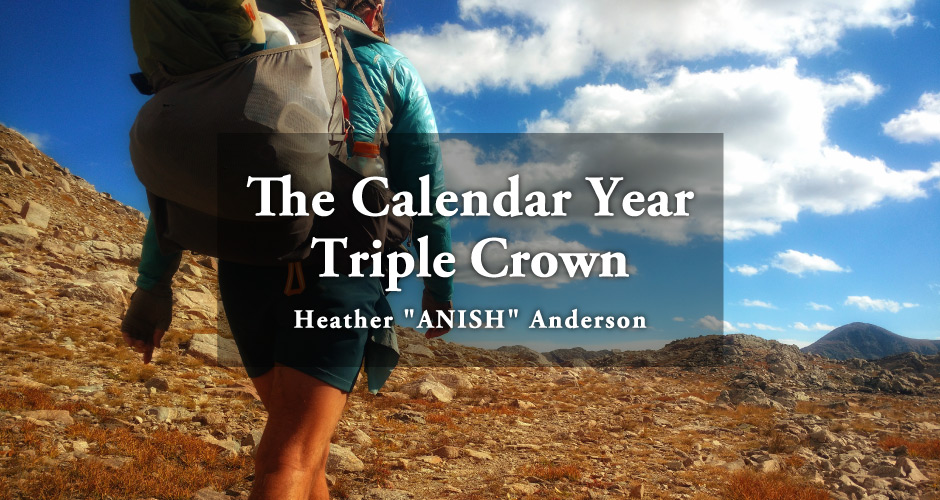
About the Calendar Year Triple Crown
The first person to conceptualize and complete the Calendar Year Triple Crown was Brian Robinson. He completed his trek in 2001. By the end of 2018, 8 additional people had completed it. The Calendar Year Triple Crown entails completing the entirety of three of the longest and oldest National Scenic Trails in the United States all within a single calendar year. These trails are the 2,190 mile Appalachian Trail (AT), the 2,660 mile Pacific Crest Trail (PCT) and the ~3,000 mile Continental Divide Trail (CDT). This comprises well over 7,000 miles of hiking across nearly half the states of the Union (22!) in less than 365 days. Only about 400 people total have completed all three of these trails over a lifetime, most of whom take 4-6 months for each hike. I was the first female to complete the Calendar Year Triple Crown and I am the only woman to have completed the Triple Crown trails each 3 times.
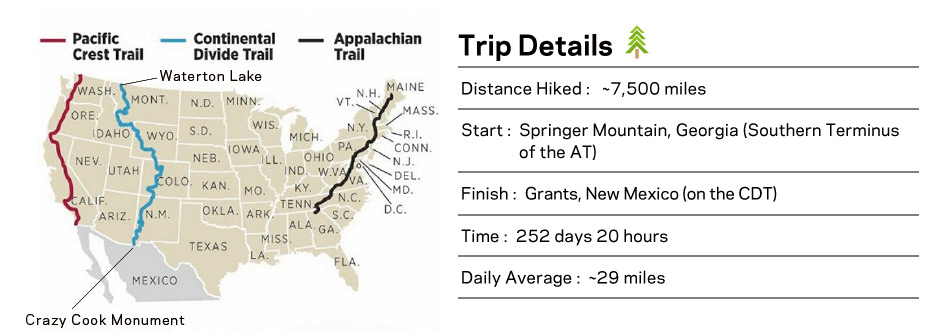
Difficulty:
The main difficulties of the Calendar Year Triple Crown are weather related. Due to its incredible length over many mountain ranges and climate zones it’s nearly impossible to complete it without facing the challenges of out-of-season conditions for at least part of it. Other difficulties are logistics and the mental strain of maintaining high mileage for many months.
Maps/Navigation:
I used a combination of the Guthook/Atlas Guides apps for Android and the Jonathan Ley Maps for the CDT. I also used Yogi’s CDT and PCT Handbooks.
Resupply:
I received an extensive amount of crewing and support from my husband as well as several friends. This enabled me to eat a wider variety of foods, resupply in larger towns, and satisfy fast food cravings more frequently than in other thru-hikes of these trails. However, there were still many portions of the route where I was reliant on purchasing food from small stores in trail towns, and also by sending pre-packed resupply boxes to others. This combined with my high mileage enabled me to keep most of my food carries to under 4 days. The boxes were packed with quality nutrition and supplements as well as replacement gear and footwear from my sponsors.
Wildlife:
The beauty of completing the entirety of such different trails all in one fell swoop is that you see so very much! This includes the animal life. In addition to many of the typical wildlife seen on these trails (bears, rattlesnakes, various birds, elk, moose and squirrels) I saw several animals for the very first time in the wild. Those were mink, scorpion and a badger.

I began my hike on March 1st in a terrible storm. At the summit of Springer Mountain, my now husband proposed to me. I should have known then that the year was going to be an exciting one!
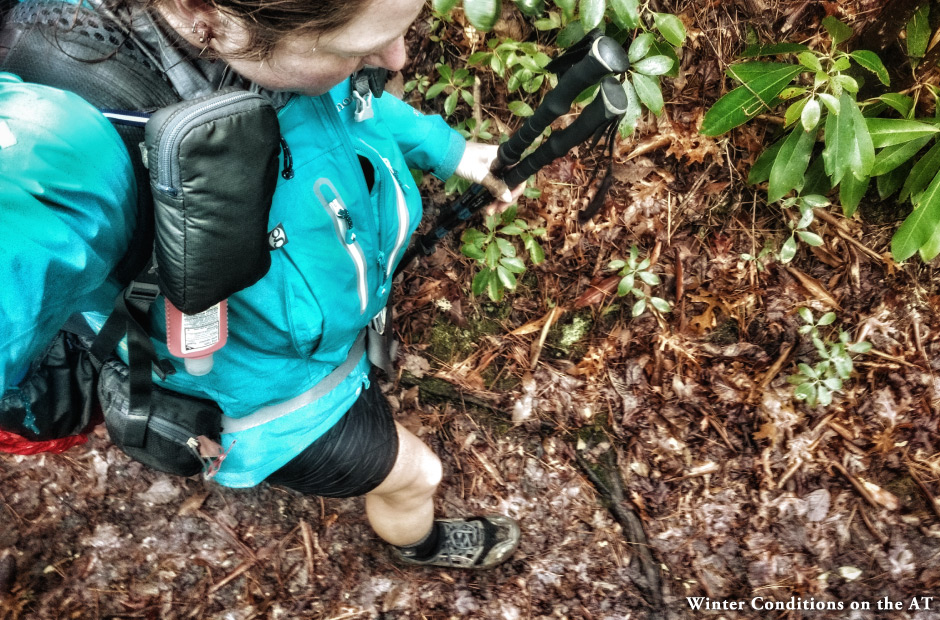
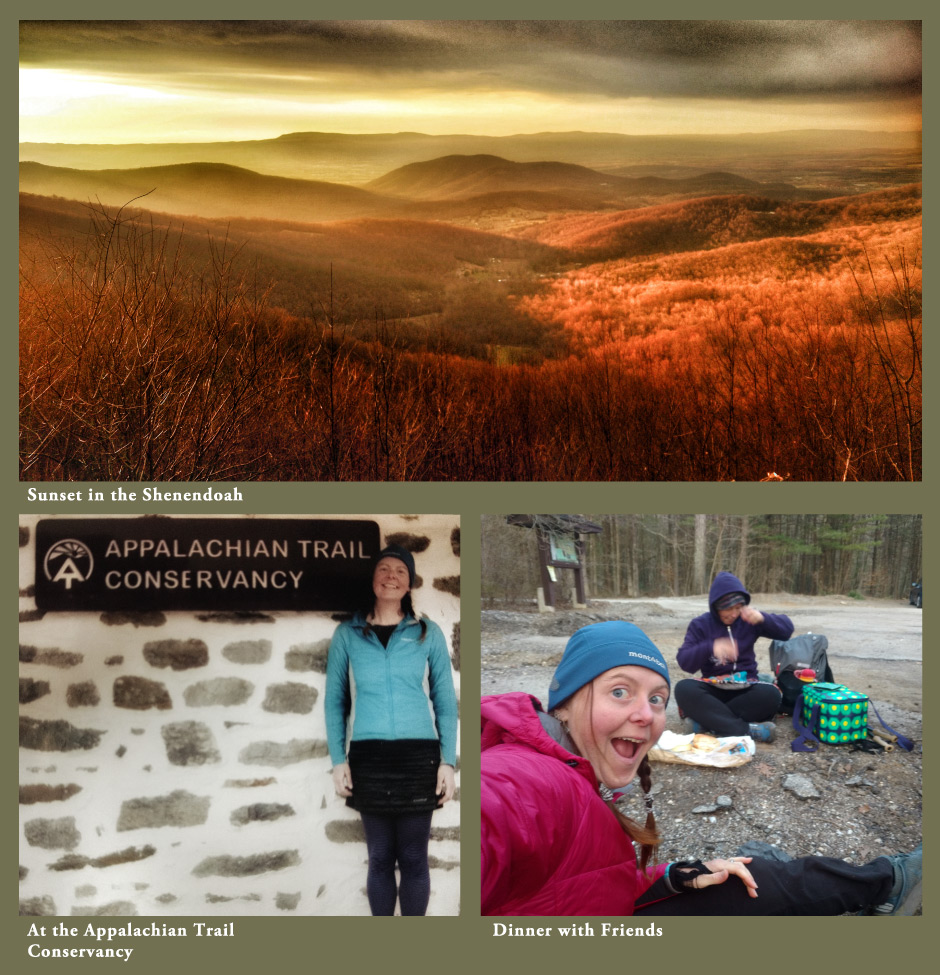
As I moved northward through the Appalachians it was obvious that I was keeping pace with the last of winter. In the south, I was hit by winter storm after winter storm. In Pearisburg, Virginia I sat in a hotel for 2.5 days while over 18 inches of snow fell!
The mid-Atlantic region of Northern Virginia, West Virginia, Maryland and southern Pennsylvania finally gave me some reprieve and I was even able to hike in short sleeves from time to time.
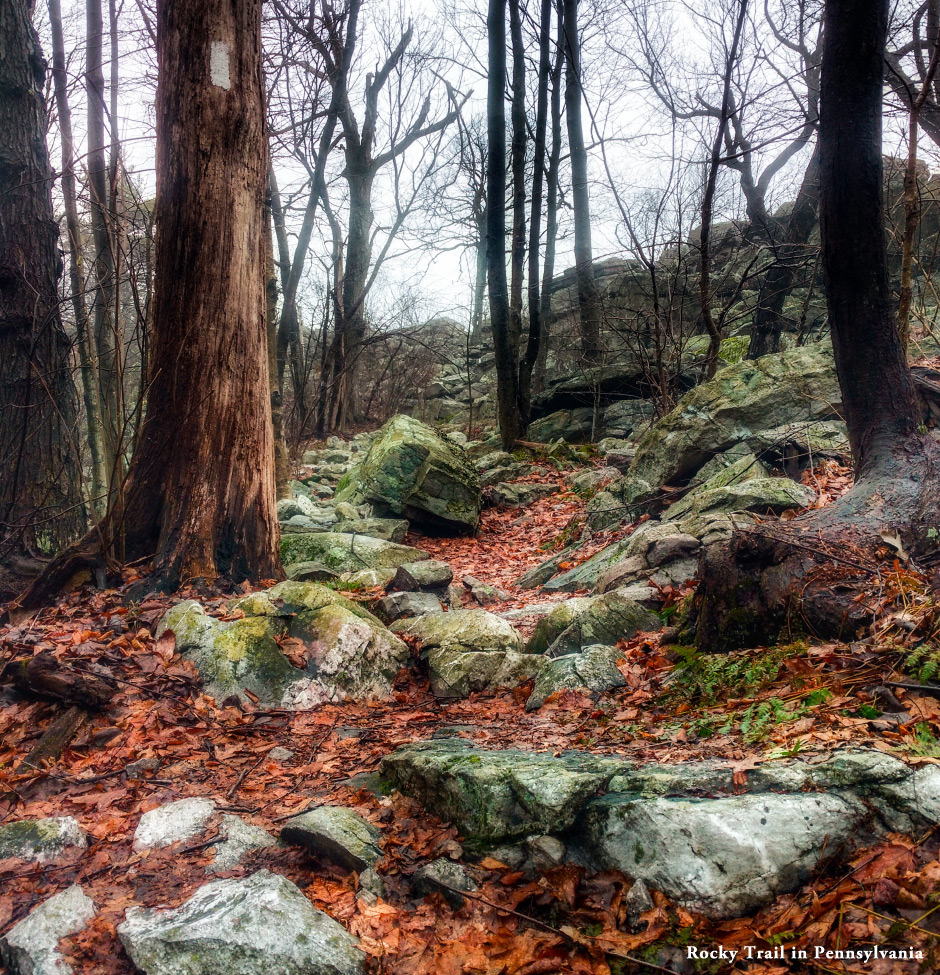
However, it was clear by the time that I reached Vermont that I would not be going through the White Mountains of New Hampshire in May. They had received record snowfall over the prior winter and it showed no signs of melting. Daytime temperatures in Vermont were in the 70’s yet the snow in the Green Mountains had yet to melt. I was hiking in a tank top and Montbell Light Trail tights with knee high gaiters. It was quite the look!
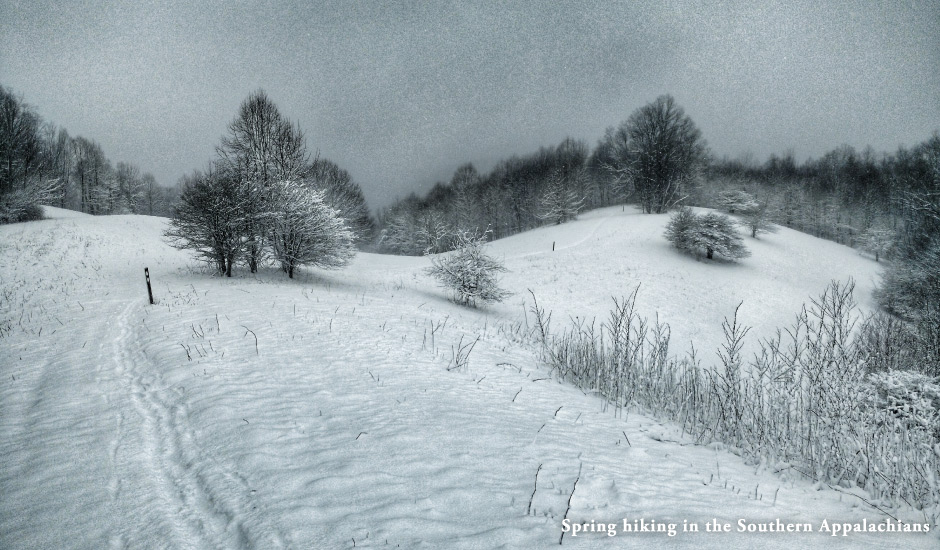

Leaving the AT for the hot New Mexican desert was a dramatic shift. However, after struggling through winter conditions for all of March and April and part of May on the AT, I was ready for the sunshine! I chose to get on the CDT in Grants, NM because of its proximity to Albuquerque. In short, it was the most convenient place to get onto the trail since the CDT walks right through Grants on the old Route 66.
Though my flight was on time, the Greyhound bus broke down only 30 minutes outside of Albuquerque. What was supposed to be a 90 minute bus ride became a 4 hour dirt nap on the side of the interstate. At least I had my sleeping pad and my pack to use as a pillow! After finally getting checked into my hotel in Grants at 11pm I got some much needed sleep.
In the morning I resupplied at the Wal-Mart and walked out of town. I didn’t get an early start, delayed by the transportation glitches the night before. However, the CDT south of Grants is essentially on roads for over 100 miles, so I was able to make good time. I camped in the sand beneath beautiful orange cliffs that night. It sure wasn’t snowy Vermont!
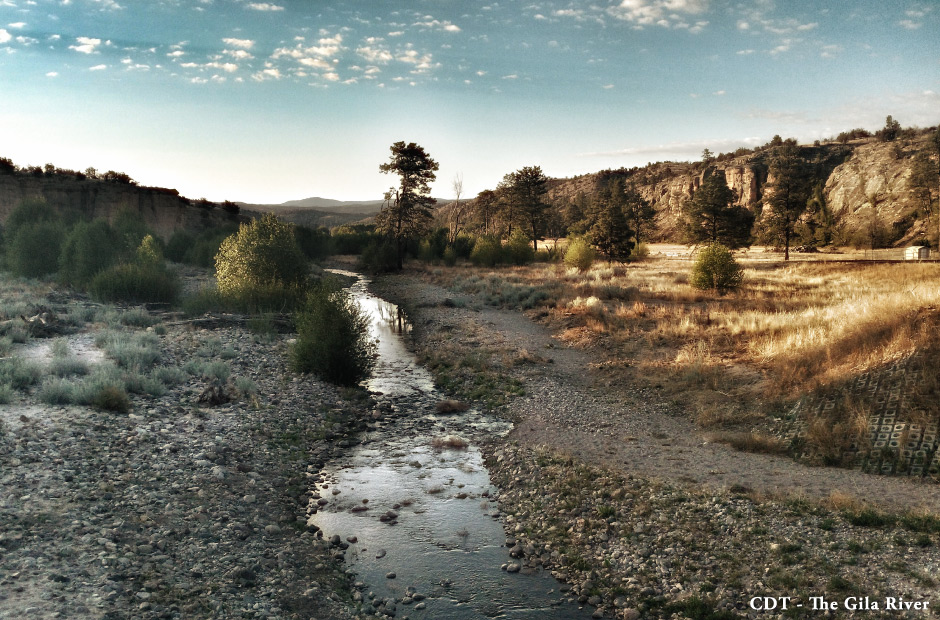
New Mexico was in the midst of a severe heat wave and drought that spring. Most of the perennial water sources I’ve used in the past did have water, however most of the seasonal ones were already dry. Northbound hikers I met advised me that several water sources on some of the Columbus route were non-existent. I made some modifications to my intended route to ensure access to water at least once a day. I carried four to six liters at a time and hiked 40+ miles per day. It was regularly 90-100+ degrees. The push was exhausting and I was glad to have 6 days to recoup before starting the Pacific Crest Trail.

The best part of the Calendar Year Triple Crown was the Pacific Crest Trail. Not just because the PCT is a great trail, but mainly because my now husband joined me for the entirety. We rendezvoused in San Diego and some good friends took us to the southern terminus just outside Campo, CA on May 22. From there we hiked northbound to Canada in 86 days.
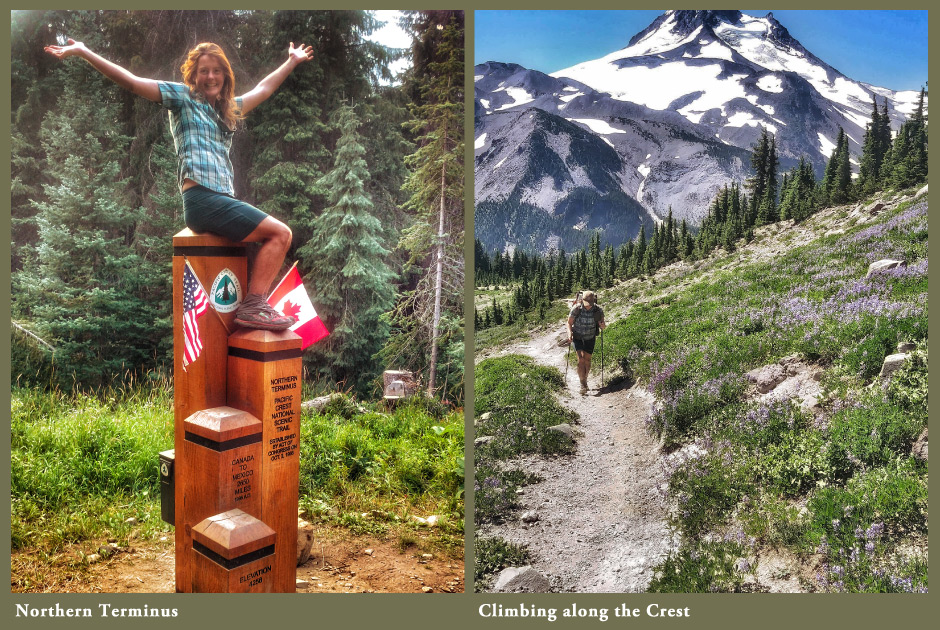
The desert section of California was not as hot as New Mexico, which made the water management much easier for both of us. However, my reserves were already depleted from the 1,700 tough winter miles on the AT and the 300 hot, dry, fast paced miles on the CDT. I was exhausted by the time we entered the High Sierra with 7 days of food on our backs to push over 200 miles through the high country. Thankfully good friends in the Tahoe area took us home and fed us until we could eat no more.
After a zero day in their home I felt better for the rest of the trail. Adam and I were enjoying hiking together much more than we like the dynamic of him supporting me. Although he crewed me for a significant portion of the AT and CDT neither of us enjoyed it. We both prefer being active together. It was a good learning experience in our relationship.
By the time we reached Oregon, the drought and heat that the entire West had been dealing with had resulted in many, many wildfires. We hiked in smoke for the last month we were on the PCT and had to take several detours around huge fire closures.

Less than 30 miles from the Canadian Border we sighted a fire just off trail that had started within hours of our arrival there. The trail was closed behind us and many northbound PCT hikers were unable to finish their hikes at Monument 78. Luckily, our strong pace got us there in the nick of time.

After a few days off in Seattle, we headed to Montana to begin my southbound hike on the CDT. Unfortunately, Montana and Idaho were also experiencing many wildfires. Subsequently I had to devise alternates around many of them as well as continue to breathe in smoke for another 3 weeks. In retrospect, I should have purchased a respirator when the fires first started becoming a problem on the PCT. However, I’d been optimistic that eventually it would begin to rain and snow, putting the fires out.

It was extremely unnerving to hike through grizzly terrain during the time of year they go into hyperphagia. The idea of humongous bears with only one thing on their mind (eating) is not great for sleeping well at night. I nearly went hoarse making noise on trail to alert them of my presence. South of Yellowstone I ran into a group of hunters who were terrified of the number of bears they’d been encountering while they were looking for elk. Each of these experienced men carried a gun, bear spray, and cross-bow. A hunter in the area had been killed by a grizzly just a few days before. I was armed only with bear spray and my voice. Needless to say, I was on high alert that day. That night I fell asleep listening to wolves howling nearby. The CDT is a very wild place!
I passed by the last fire I had to deal with as I entered the Wind River Range. The Winds are one of the most beautiful places in the United States. However, they are also very cold in September. I was very thankful for the quality Montbell half-zip bag and parka that I slept in each night.

I reached northern Colorado just before winter did. The larches were an incredible array of golds and I can honestly say that though I have hiked the CDT three times, this was my favorite time passing through Wyoming and northern Colorado. I headed to Denver to fly out to finish the AT before winter closed Katahdin and the Whites.

Since I had the entire state of Maine and New Hampshire left to hike and a willing friend to crew me I headed for the Kennebec River crossing first. She dropped me off at a road crossing to the south and picked me up the next morning in Caratunk. We climbed Mt. Katahdin that afternoon on a bluebird day. I think I’m probably the only person to have crossed the Kennebec and climbed Katahdin on the same day.

I chose to do this little hopscotch because the Kennebec River crossing is too dangerous to ford. The Appalachian Trail Conservancy provides a canoe and a ferryman to transport hikers across at certain times of the day for several months a year. However, if I’d hiked straight south from Katahdin, the ferry would have been out of service by the time I arrived and I would have had to arrange for a private boat. If I’d hiked straight north from Hanover, Baxter State Park (and Mt. Katahdin) would have been unclimbable due to early winter storms. Therefore, I completed both time sensitive sections remaining on the AT in one day as soon as I arrived on the East Coast.
From Mt. Katahdin I hiked southbound back to Hanover, minus the section near the Kennebec I’d already done. My friends shuttled me around that. I was incredibly lucky to have a perfect autumn in Maine. The changing colors were phenomenal and I had great weather until the Crockers. From there south it was definitely transitioning from autumn into winter. I dealt with a lot of rain, high winds, and snow. However, my friends were there for me at road crossings with hot tea, food, dry clothes and moral support. Rich even hiked several sections with me which was a nice change.

Winter had arrived everywhere by the time I got back to Colorado. I took quite a few low route alternates around the highest parts of the CDT in order to stay safe in the snow and cold conditions. Mike Papadotos completed his Calendar Year Triple Crown just a week or two ahead of me. I was able to stay apprised of conditions ahead by following his social media and messaging back and forth. It was a tough go as far as weather, but having my partner meeting me frequently helped immensely. By the time I reached New Mexico it was autumn there and absolutely perfect conditions. I enjoyed hiking in the canyons and across the mesas in crisp weather and with fall colors abounding. My final day Brian Robinson met me at Mount Taylor just north of Grants, NM and walked the final miles with me. It was a great finish to an incredible undertaking.
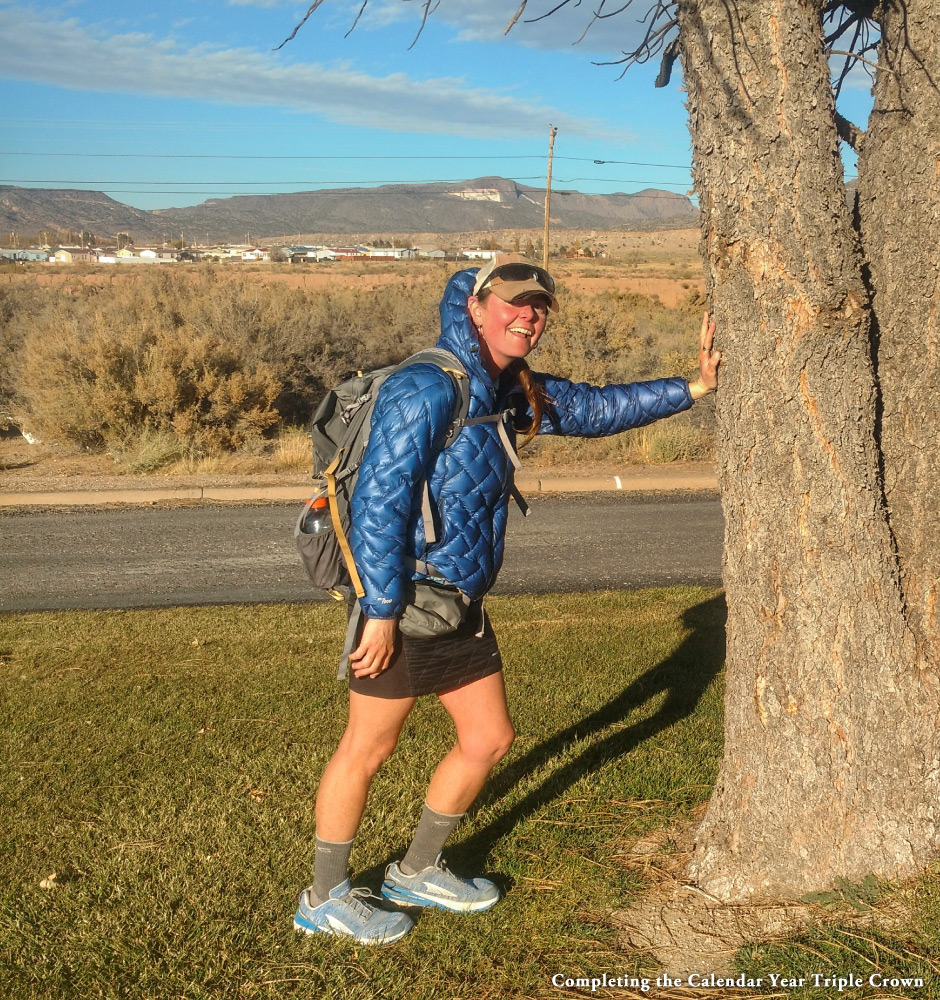

Alpine & Rain Wear

Stream Parka Women's
This jacket was another MVP. The constant winter storms and cold conditions on the AT had me hiking in this jacket all day long. The internal pockets were essential to carry my water filter and snacks so they wouldn’t freeze. (Available at international shopping site)
Versalite Jacket Women's
This jacket is an excellent ultralight rain jacket for all seasons. It was comfortable and surprisingly breathable unlike almost every UL rain jacket I’ve tried. It was essential during foul weather.
Stretch Rain Full Zip Pants Women's
Waterproof. Breathable. Comfortable. Full Range of Motion. Easy on and off over footwear. These factors set these rain pants apart from others I’ve tried. They kept me warm and dry during hail, snow, sleet, and rain.
Peak Shell Pants
These are the ideal rain pant for thru-hiking. So light you don’t notice you’ve got them until you need them. And then they perform admirably in rain, wind, and cold. (Available at international shopping site)
-
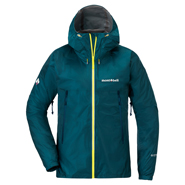
Versalite Jacket Women's
Price: $260.00
Insulated Down & Synthetic

Plasma 1000 Down Jacket Women's
I used this jacket for the southern part of my fall CDT. It was the perfect down jacket for the cold mornings and cool evenings without weighing me down. Another MVP that I will use in a wide variety of hiking endeavors for many years to come.
Thermawrap Vest Women's
A lightweight and functional piece, this vest was perfect in the fall to add some extra warmth on days that needed it.
Tec Thermawrap Pants Women's
On the coldest days these pants went over the Trail tights for complete warmth and comfort.
Thermawrap Skirt
This skirt was crucial to keeping me warm on the coldest days of the hike. I layered it with Light Print Trail Tights for maximum versatility.
U.L. Thermawrap Jacket Women's
My go to insulating layer this jacket was perfect for cool mornings and evenings. I wore it nearly every day. Wind blocking, insulating, and warm even when sweaty this jacket went far beyond expectations.
U.L. Thermawrap Parka Women's
After a month on the AT I had to up my insulation game from the Thermawrap Jacket to the Parka. The added insulation and hood kept me comfortable day in and day out.
-

Tec Thermawrap Pants Women's
Price: $219.00 -
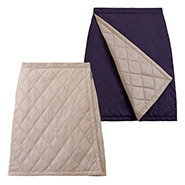
Thermawrap Skirt
Price: $79.00
Fleece

CHAMEECE Pants Women's
These were my sleep pants on the coldest nights and layering pants for hiking on the coldest days. Versatile, comfortable and warm. The highest performing fleece I’ve owned.
-
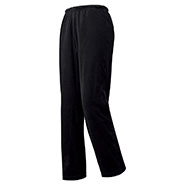
CHAMEECE Pants Women's
Price: $69.00
Shirts&T-Shirts

Wickron O.D. Shirt Women's
MVP of the year. I wore this alone and layered at least half of the days I was on the trail. Comfortable, wicking, warm but not stuffy. This shirt truly does it all.
Wickron Light Short Sleeve Shirts Women's
This was my daily shirt on the PCT. Always comfortable and easily ventilated. (Available at international shopping site)
Wickron Stretch Trail Skirt
The best all around trail skirt. I wore it for ⅔ of the entire Calendar Year Triple Crown.
Base Layers

Light Trail Print Tights Women's
These were perfect layered under shorts and skirts to easily increase the temperature range of any outfit. They wick well and were comfortable.
Caps & Hats & Gloves

Down Muffler
This was a nice piece to add on the coldest windiest days to keep drafts out.
Down Balaclava
I only used this a few times, but when I needed it, I really did. It kept me warm despite raging winter storms.
CLIMAPRO Watch Cap
The perfect level of insulation and wind blocking in a 3 season cap.
CHAMEECE Fingerless Gloves Women's
These were perfect gloves to wear daily to keep my hands warm on chilly mornings/evenings and at higher elevations.
OutDry Rain Gloves Women's
These were excellent on cold wet days to slow down the rate at which my liner gloves soaked through. On warm wet days they were adequate solo. (Available at international shopping site)
U.L. Shell Mittens
The ultimate in ultralight, these paired with the Chameece Fingerless Gloves or the Wickron Cool Fingerless Gloves when there were chilly, dry conditions on the PCT and CDT.
Wickron Cool Fingerless Gloves Long Women's
UV protection for my arms and hands + light insulation on cool mornings and evenings. These were perfect on the PCT where temperatures were regularly warm, but the solar radiation is intense.
-
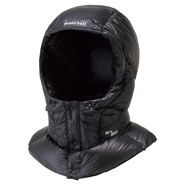
Down Balaclava
Price: $99.00 -
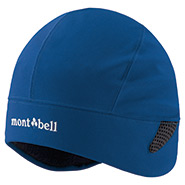
CLIMAPRO Watch Cap
Price: $28.00 -
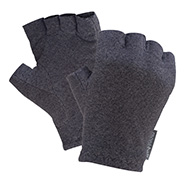
CHAMEECE Fingerless Gloves Women's
Price: $20.00 -
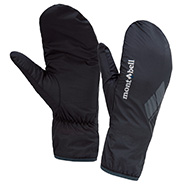
U.L. Shell Mittens
Price: $29.00
Sleeping Bags

Down Hugger 800 #0
Despite it weighing nearly 3lbs it was well worth the weight to take my zero degree bag. Nighttime temperatures were frequently below freezing, some nights were in the teens or single digits. My Down Hugger kept me cozy.
Down Hugger 900 #2
This was the perfect summer bag for the PCT where nights are seldom below 40.
Down Hugger 800 Half Length #1
When paired with the Mirage Parka this was the perfect set-up for cold nights and chilly mornings. The CDT had very cold nights, although warmer than the AT did and it was dry enough that I could start the day hiking in the Mirage Parka and remove it a few hours later. This made for a versatile system that kept me comfortable round the clock.
Tyvek Sleeping Bag Cover
Dramatic temperature and moisture differentials between my single wall tent interior and the outside led to issues with condensation. This cover kept my bag drier and therefore warmer and added a few degrees warmth on really cold nights.
Warm-Up Sheet
On the coldest nights of the CDT I added the warm-up sheet to increase the warmth rating of my bag a few degrees.
U.L. Comfort System Pillow
I used this pillow every night of the hike. Simple and much more comfortable than a stuff sack of spare clothes. Light enough to forget you’re carrying it!
U.L. Comfort System Alpine Pad 25 150
I was impressed by the durability and warmth of this pad. It was crucial on cold nights, especially when I had to sleep on snow. I stayed warm despite the extreme cold and never once had an issue with it leaking.
-
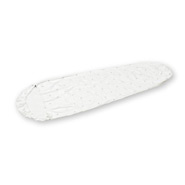
Tyvek Sleeping Bag Cover
Price: $75.00 -

U.L. Comfort System Alpine Pad 25 150
Price: $125.00
Accessories

Basic Down Foot Warmers
These were complete luxury after long days slogging through snow and cold streams!
Titanium Cup 450
The perfect cup for morning coffee and afternoon tea. Hot beverages really kept me happy in the cold.
O.D. Compact Dripper 2
It’s hard to beat fresh pour overs on trail!
Micro Towel Hand
Multi-purpose, quick dry.
-
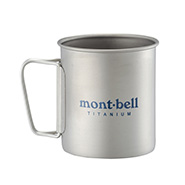
Titanium Cup 450
Price: $32.00 -
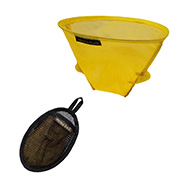
O.D. Compact Dripper 2
Price: $26.00 -

Micro Towel Hand
Price: $9.00
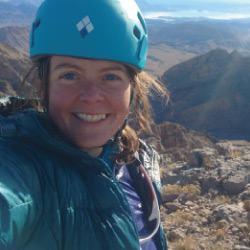
Heather "ANISH" Anderson
You can follow her adventures at:
facebook: AnishHikes
Instagram: @AnishHikes
Twitter: @AnishHikes
For more information: anishhikes.wordpress.com
